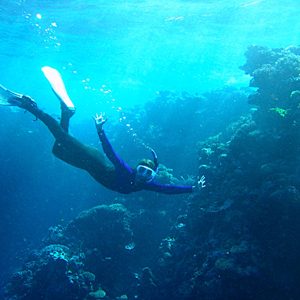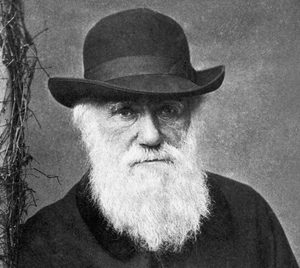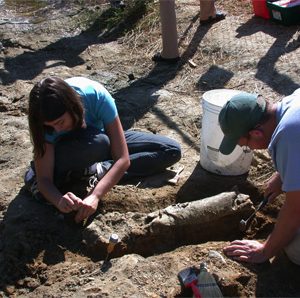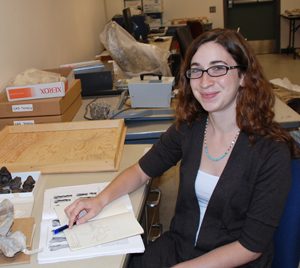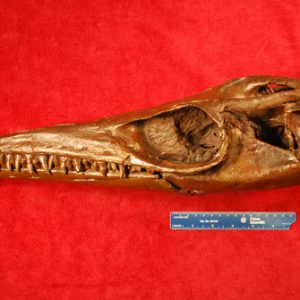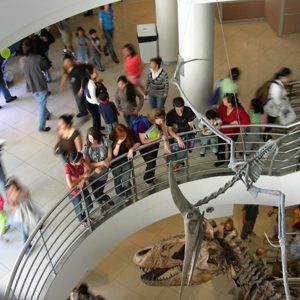UCMP graduate student Maya deVries traveled to Australia's Great Barrier Reef this summer, to collect stomatopods for her research. She shares her underwater adventure in this video. [flv:http://www.ucmp.berkeley.edu/images/video/MayaAustralia.flv 360 264] … [Read more...] about Field notes: Collecting stomatopods on the Great Barrier Reef
Latest News
Dear Darwin
The world has changed considerably since Charles Darwin was born, 200 years ago. So Jere Lipps, curator at UCMP and professor emeritus of Integrative Biology at Berkeley, wrote a letter to Darwin, filling him in on how things have changed. Jere has been to many of the places that Darwin visited on his voyage on the Beagle, and most of the places Jere visited bear almost no resemblance to what Darwin saw in 1832. Rapid population growth has left its mark. Darwin was no stranger to population … [Read more...] about Dear Darwin
Pterosaur landing made quite an impression
Pterosaurs, flying reptiles that lived from the Late Triassic until the end of the Cretaceous Period, are known from their fossilized skeletons and their footprints, which show that at least some of the pterodactyloid pterosaurs walked on all four limbs. Now, one rare set of footprints tells us how these pterosaurs landed on the ground. Kevin Padian, curator at the UCMP and professor of Integrative Biology at UC Berkeley, just published a paper on a pterosaur landing trackway, which his … [Read more...] about Pterosaur landing made quite an impression
Lupé’s story: A mammoth’s journey from the ground to a museum
In 2005, Roger Castillo found the fossilized bones of a juvenile mammoth in the Guadalupe River near San Jose. Roger was walking his dog along the river, which he did frequently as a volunteer for the Guadalupe-Coyote Resource Conservation District, when he saw the tusks of the mammoth's skull poking out of the soil along the riverbank. At the time he wasn't exactly sure what he was looking at but recognized their importance and contacted the UCMP. The fossilized mammoth has been named Lupé, … [Read more...] about Lupé’s story: A mammoth’s journey from the ground to a museum
One more Moropus
This summer, Carolyn Rounds visited the UCMP to study our Moropus fossils. Carolyn is a grad student in Organismic and Evolutionary Biology at the University of Massachusetts Amherst. And Moropus is an extinct horse-like creature, part of a taxonomic group called chalicotheres. Chalicotheres are pretty unique — they had claws instead of hooves. They didn’t use their claws to rip apart prey; they were herbivores, and they probably used their claws to pull vegetation down from trees. … [Read more...] about One more Moropus
Meet a mosasaur
Imagine you are driving down I-5, just north of Bakersfield, in California’s hot and dusty central valley. Except that it’s the Cretaceous Period, 80-65 million years ago, and the central valley is actually an inland sea. And instead of seeing cows standing by the side of the highway, you see mosasaurs swimming through the salty water. Mosasaurs were marine reptiles that lived during the late Cretaceous, in oceans all over the world. They had fins on their long bodies, and sharp teeth in their … [Read more...] about Meet a mosasaur
Cal Day at the UCMP
The UCMP is open to the public just one day a year — Cal Day. Watch this video to see the UCMP's exhibits from Cal Day 2009. [flv:http://www.ucmp.berkeley.edu/images/video/CalDay20090828_1.flv 360 264] … [Read more...] about Cal Day at the UCMP
